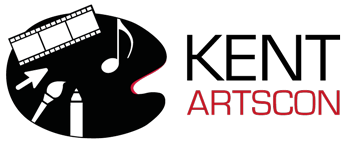Dr Maria Dremina is a neurocoach and artist. She is owner of Eniostudio and founder of Neurostyling. She works also as an Associate Professor at the Russian State Vocational Pedagogical University. Areas of expertise includes human potential identification and soft skills development, transdisciplinary research and learning, lateral thinking, smart art practices, empathy and nonverbal communication. She has designed and delivered many smart art practices developing lateral thinking for managers and entrepreneurs. She develops personal resource management systems for Russian-speaking clients around the world.
Art Practices of Neurostyling for Lateral Thinking Development
The rapid transformation of labor and education markets encourages more and more young people to choose between entrepreneurship and employment. Many people feel like creative individuals and want to come up with their own unique business as the realization of their life mission. However, they cannot do this easily due to the complex problem of self-identification, insufficient development of personal potential, as well as the lack of experience of living according to a purpose in life. Unfortunately, vocational education and training do not form these skills systematically and, consequently, are unable to respond to the increased demand just in the pandemic period when we see the closure of many businesses and growth of social distancing.
The art practices of Neurostyling are intended specifically to develop lateral thinking, allowing 1) to overcome a person’s narrowed perception of himself only as one who plays learned roles, 2) to get away from patterns when generating business ideas, 3) to overcome socio-cultural stereotypes when establishing bridging communications and creating collaborations.
The genesis of the art practices of Neurostyling originates in the theory of brain neuroplasticity. The main objective of these art practices is to help a person to take the role of a creator in a fictional alternative space created during the lesson aiming at lateral thinking development. The well-designed and carefully worked out art practices of Neurostyling result in the rearrangement of neural connections in the brain.
The first step to lateral thinking development is the acquisition of the skill to enter in a light trance state, when the focus of attention is transferred from objects in the external world to internal images, which switches the functioning of the brain from beta rhythms to alpha rhythms. The trance state allows a person to get rid of the habit of thinking only logically. In the state of trance, the person is able to create abstract art objects and fictional alternative spaces, even without previous experience. Further visual and emotional interaction with the fictional space provides a new perceptual experience. As a result of the art practice, the person’s perception of the world changes; interpretation of reality becomes multilateral. The person, being in the role of a creator, develops a fictional alternative space without the usual restrictions, fills it with new elements, meanings, and content. At the same time, the person’s understanding of him/herself and his/her capabilities expands as well as communicative mobility, mental flexibility and creativity develop.
